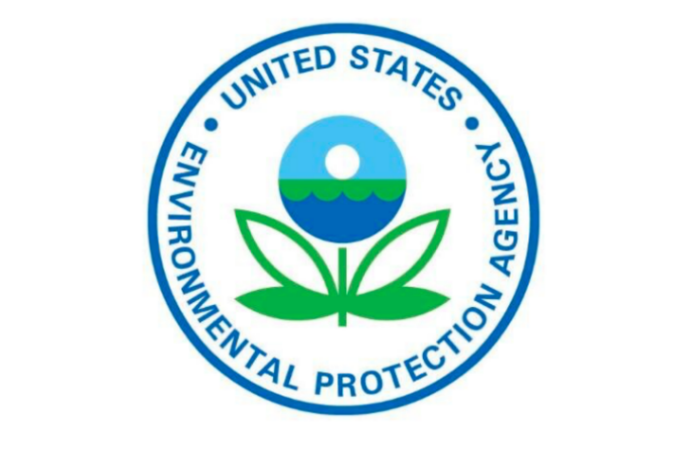The SNAP rule would raise the cap for propane, isobutane and R441A to 150 g from 57 g, in line with new UL standard.

The U.S. Environmental Protection Agency (EPA) is proposing to increase the charge limit for propane, isobutane and R441A to 150 g from 57 g in new household refrigerators and freezers under the Significant New Alternatives Policy (SNAP) program, a move that would open the U.S. domestic market to hydrocarbon-based refrigeration appliances.
The EPA’s new use condition for flammable (A3) refrigerants is linked to UL 60335-2-24, Edition, which was revised in late April of this year to increase the hydrocarbon charge allowed in U.S. domestic refrigerators to 150 g from 57 g, the amount allowed under the previous standard, UL 250. The previous 57 g limit was widely seen as an impediment to the adoption of energy-efficient hydrocarbon refrigeration in the U.S. domestic market. Elsewhere in the world, where 150 g has long been the charge limit for domestic refrigerators, hydrocarbon units have gained substantial market share.
The Environmental Investigation Agency (EIA) and the North American Sustainable Refrigeration Council (NASRC) submitted a petition in September asking that the EPA take this step.
“The U.S. market has lagged behind the rest of the world for many years in adopting climate-friendly fridges, due to an outdated restrictive standard that had prevented hydrocarbon refrigerators used globally from entering the market,” said Avipsa Mahapatra, Climate Campaign Lead for the Washington, D.C.-based EIA. “This rule will allow innovative American appliance manufacturers to catch up with the rest of the world.”
Each year U.S. consumers purchase about 12 million new household refrigerators and freezers. Replacing the HFC commonly used as refrigerant (R134a) in this sector with hydrocarbons could avoid emissions of up to 3.7 million metric tons of direct CO2 equivalent annually, according to EIA. Hydrocarbon fridges are also found to be more efficient than HFC units, the NGO noted.
This rule will allow innovative American appliance manufacturers to catch up with the rest of the world.”
– Avipsa Mahapatra, Environmental Investigation Agency
In a report called “Bringing the U.S. Fridge Market into the 21st Century,” EIA pointed out that multinational companies like AB Electrolux of Sweden, Samsung Electronics and Haier selling domestic refrigerators with R134a in the U.S. are already producing and selling models using hydrocarbons in other markets.
Efforts are also underway globally and in the U.S. to increase the allowable hydrocarbon charge in commercial refrigerators above 150 g. The IEC is considering raising the limit for flammable A3 refrigerants to 500 g.
The EPA said it's submitting the rule change – titled “Protection of the Stratospheric Ozone: Revision to References for Refrigeration and Air Conditioning Sector to Incorporate Latest Edition of Certain Industry, Consensus-based Standards” – for publication in the Federal Register. The change is considered “a direct final rule,” barring “adverse comment” received within 45 days from the date of publication in the Federal Register. Comments (identified by Docket ID No. EPA-HQ-OAR-2017-0472) can be submitted to the Federal eRulemaking Portal, https://www.regulations.gov.
The EPA “is taking this action as a direct final rule without prior proposal because EPA views this as a noncontroversial revision and anticipates no adverse comments,” the agency said. “The action does not place any significant burden on the regulated community and ensures consistency with industry standards.”
If the EPA receives adverse comment, it will withdraw this direct final rule and address all public comments in any subsequent final rule.
Related stories




